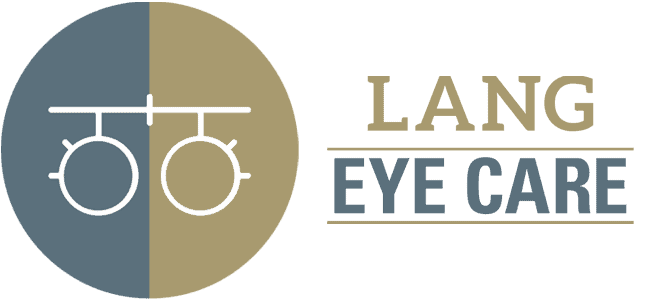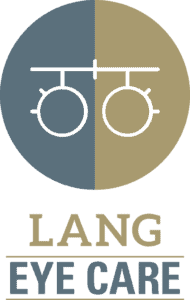Routine Eye Exams and Preventive Eye Care: Why They Matter
With my 25 plus years of clinical experience and residency-training in primary care and ocular disease, I provide exceptional and comprehensive eye care and services for patients of all ages. My experience and training allows me to accurately diagnose, treat, and manage most eye conditions and diseases; including annual diabetic exams, dry eyes, red eyes, early glaucoma and macular degeneration. I work closely with ophthalmologists to provide the pre- and postoperative care for cataract and Lasik surgeries.
 Too many people only see an eye doctor when they are experiencing vision problems, break their glasses, or run out of contact lenses. Routine eye exams play a critical role in preventative care for your eyes and overall health. According to the American Optometric Association (AOA), comprehensive eye exams can detect signs of diabetes, high blood pressure, autoimmune disorders, tumors, aneurysms, tumors, and other life-threatening diseases. As a result, the AOA recommends that adults have a comprehensive eye exam at least every two years, and more frequently if you have certain risk factors such a family history of eye disease or a medical condition like diabetes. Children should have an annual eye examination with an eye doctor. School screenings do not uncover all visual problems.
Too many people only see an eye doctor when they are experiencing vision problems, break their glasses, or run out of contact lenses. Routine eye exams play a critical role in preventative care for your eyes and overall health. According to the American Optometric Association (AOA), comprehensive eye exams can detect signs of diabetes, high blood pressure, autoimmune disorders, tumors, aneurysms, tumors, and other life-threatening diseases. As a result, the AOA recommends that adults have a comprehensive eye exam at least every two years, and more frequently if you have certain risk factors such a family history of eye disease or a medical condition like diabetes. Children should have an annual eye examination with an eye doctor. School screenings do not uncover all visual problems.
It is crucial to be proactive about your eye health, as many eye diseases such as glaucoma, macular degeneration, and diabetic eye complications can be prevented, treated and/or managed with early detection and treatment. In addition to comprehensive eye exams, there are several steps you can take to maintain good eye health. These include eating a healthy diet, protecting your eyes from UV radiation with sunglasses, wearing protective eye wear, and giving your eyes a break from digital devices to prevent eye strain.
It is important to note that insurance companies categorize visits to eye doctors as either “routine” or “medical”, and understanding the difference between the two can be confusing.
A medical eye exam includes the diagnosis and treatment of an eye disease or condition like glaucoma, conjunctivitis, dry eyes, cataracts, or diabetic exam. Therefore, a medical eye exam is billed to your medical insurance carrier. Typically, medical insurance will not pay for glasses prescriptions, glasses, or contact lenses.
A routine eye exam includes the diagnosis and treatment of non-medical vision issues, like astigmatism, nearsightedness, or farsightedness. The routine eye exam is therefore billed to your vision insurance plan. Vision insurance plans also provide discounted rates towards glasses and contact lenses.
At Lang Eye Care, we recommend that our patients work with Go Healthcare Solutions to select the best eye insurance for you and your family. Go Healthcare Solutions works with many of the insurance companies accepted at Lang Eye Care, therefore, our patients can be rest assured that they are getting the proper coverage they need for all their eye care needs without the financial strain and worries.
At Lang Eye Care, we are committed to providing our patients with the highest level of care. Contact us today to schedule your eye exam to ensure that your eyes and body remain healthy!

